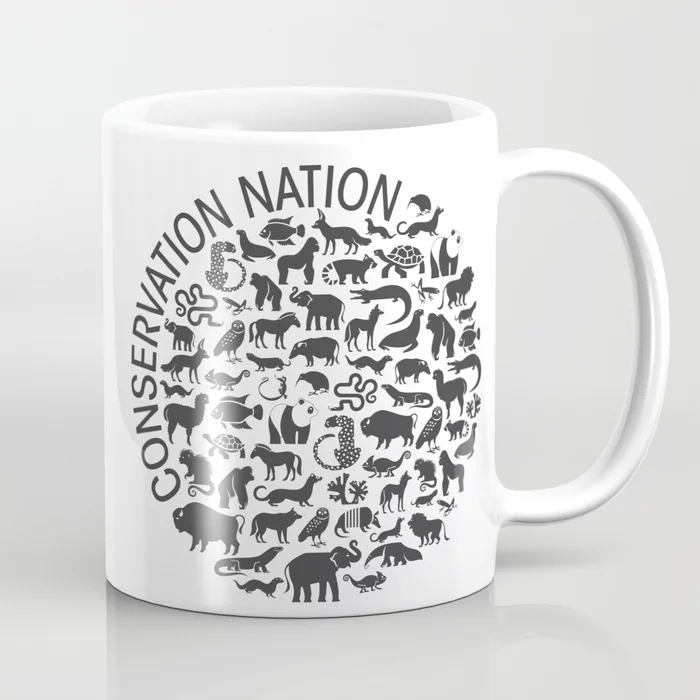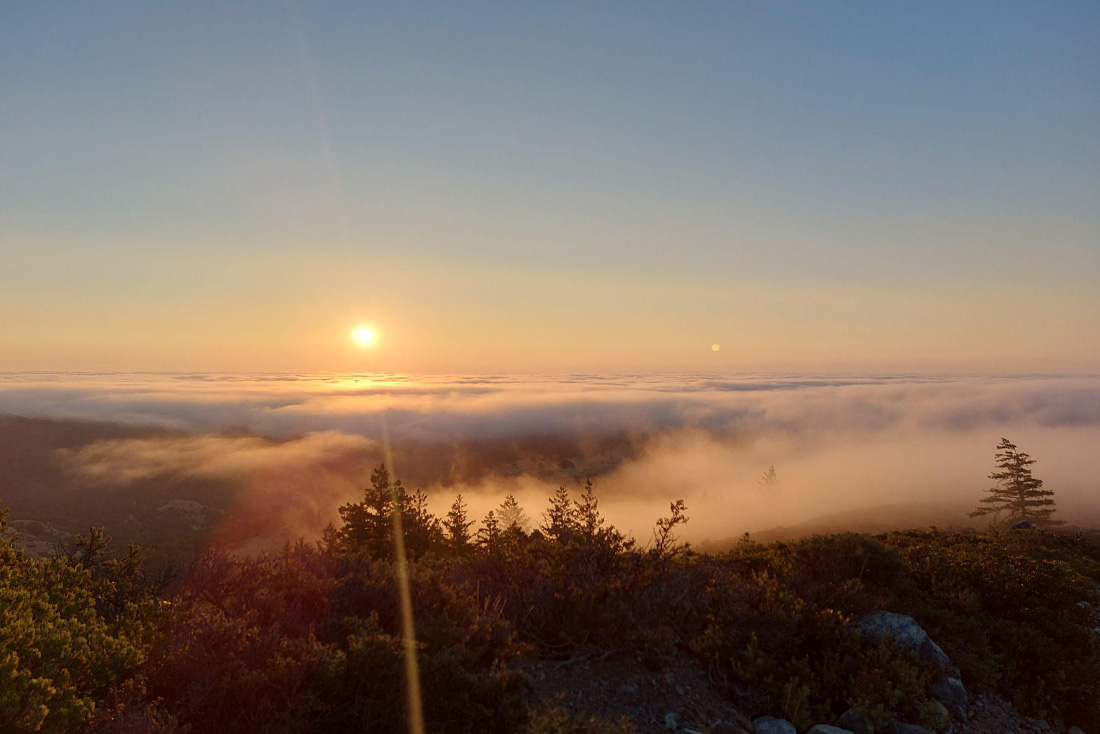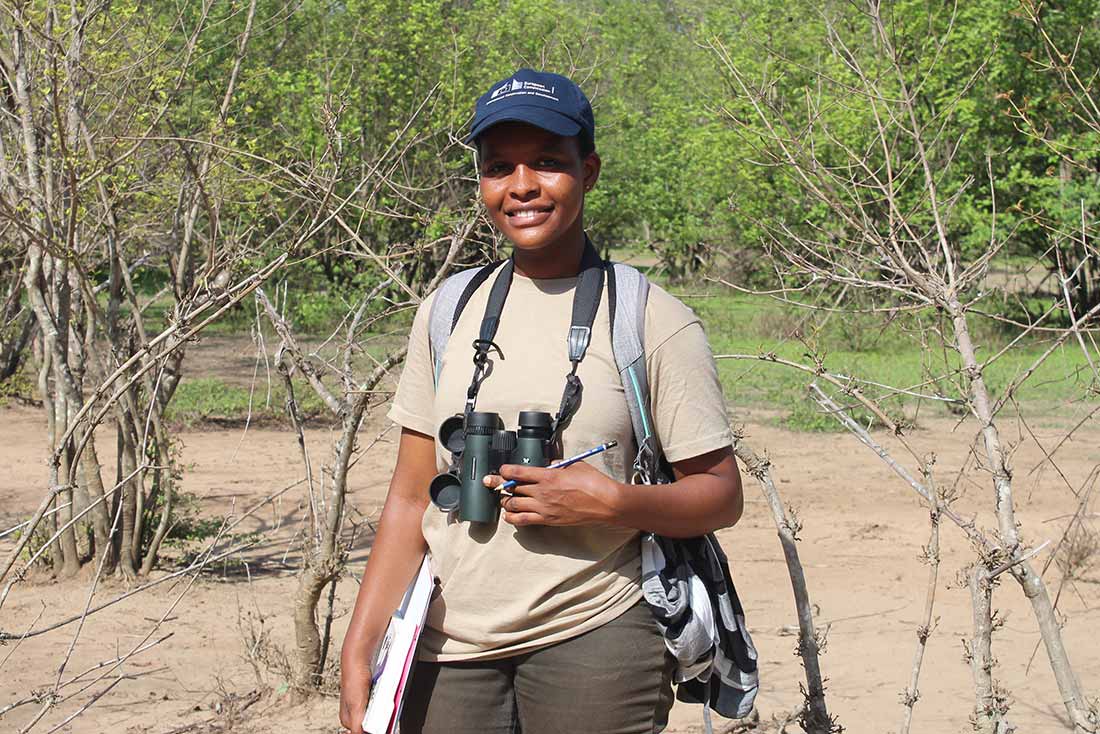Ever since attending college, I have been fascinated with wildlife medicine. My interest in the wildlife field grew even stronger while attending a conservation talk at the Ellen DeGeneres Campus of the Dian Fossey Gorilla Fund during the humane dog population management program I was participating in around Volcanoes National Park, Rwanda. The talk exposed me to animal health issues and wildlife conservation efforts. However, I also learned that obtaining hands-on veterinary experience in the wildlife industry could be challenging.
Fortunately, two months after graduation, I saw a posting for internship opportunities offered through a partnership between the Veterinary Initiative for Endangered Wildlife (VIEW) and Akagera National Park, Rwanda. With support from the Conservation Nation People & Pachyderms Collective, VIEW established the Elephant & Rhinoceros Health Program in Rwanda. The internship I received fell under this program, and I knew it would be an excellent opportunity to gain the experience I sought.
So far, the internship has exceeded my expectations as it has offered continuous learning opportunities in various aspects of wildlife medicine. Over the past year, I have enjoyed training rangers, attending international conferences, and participating in wildlife relocation, necropsies, and immobilization activities.
A recent highlight was participating in the effort to immobilize rhinos, elephants, and giraffes at Akagera National Park. This initiative involved placing GPS horn transmitters, collars, and ear tags on each species to monitor their movements, behavior, and health within the park. Assisting with the park’s anti-poaching unit dog health program was also a daily activity.
Another notable experience was receiving a Murray Fowler International Conference Scholarship, which allowed me to attend the 55th annual American Association of Zoo Veterinarians Conference. While there, I presented on my field experience and attended talks and discussions to learn more about other professionals’ efforts working with wild animals.
I recently gained additional practical experience with wild animals at the Wildlife Safari in Oregon. While I mainly worked in the veterinary department, I also rotated through other areas (e.g., husbandry and nutrition) to gain knowledge of animal care and training methods. Each experience has given me a greater appreciation for our potential impact on global conservation. On my last day at the park, I had the opportunity to immobilize and perform surgery on a scimitar-horned oryx. This species serves as a conservation success story as it was downgraded from extinct in the wild to endangered on the IUCN Red List just a few days before my experience treating one at the Wildlife Safari!
Each of my VIEW internship experiences will help me reach my ultimate goal of contributing to the health and conservation of the remarkable wild animals in our planet’s national parks. I want to inspire other early-career veterinarians and students to pursue careers in wildlife health and encourage them to seize opportunities that might unexpectedly arise.
I would also like to emphasize the impact other professionals can make with the One Health approach–”an integrated, unifying approach that aims to sustainably balance and optimize the health of people, animals, and ecosystems” (World Health Organization, 2024)1.
I am excited to see what the future holds as I progress through my career as a wildlife veterinarian. Please follow along with me on my journey!
Dr. David Murenzi joined VIEW as their Akagera-based veterinary intern in February 2023.
1 World Health Organization. (2024). One Health. https://www.who.int/health-topics/one-health










